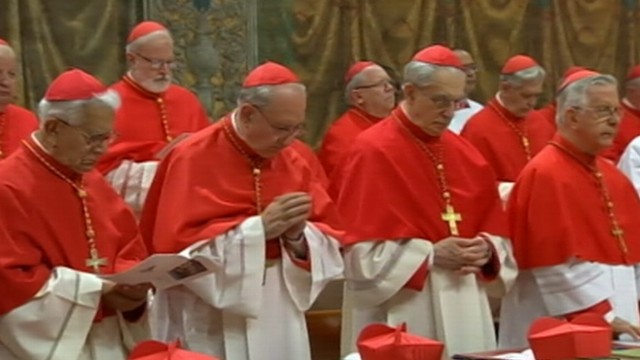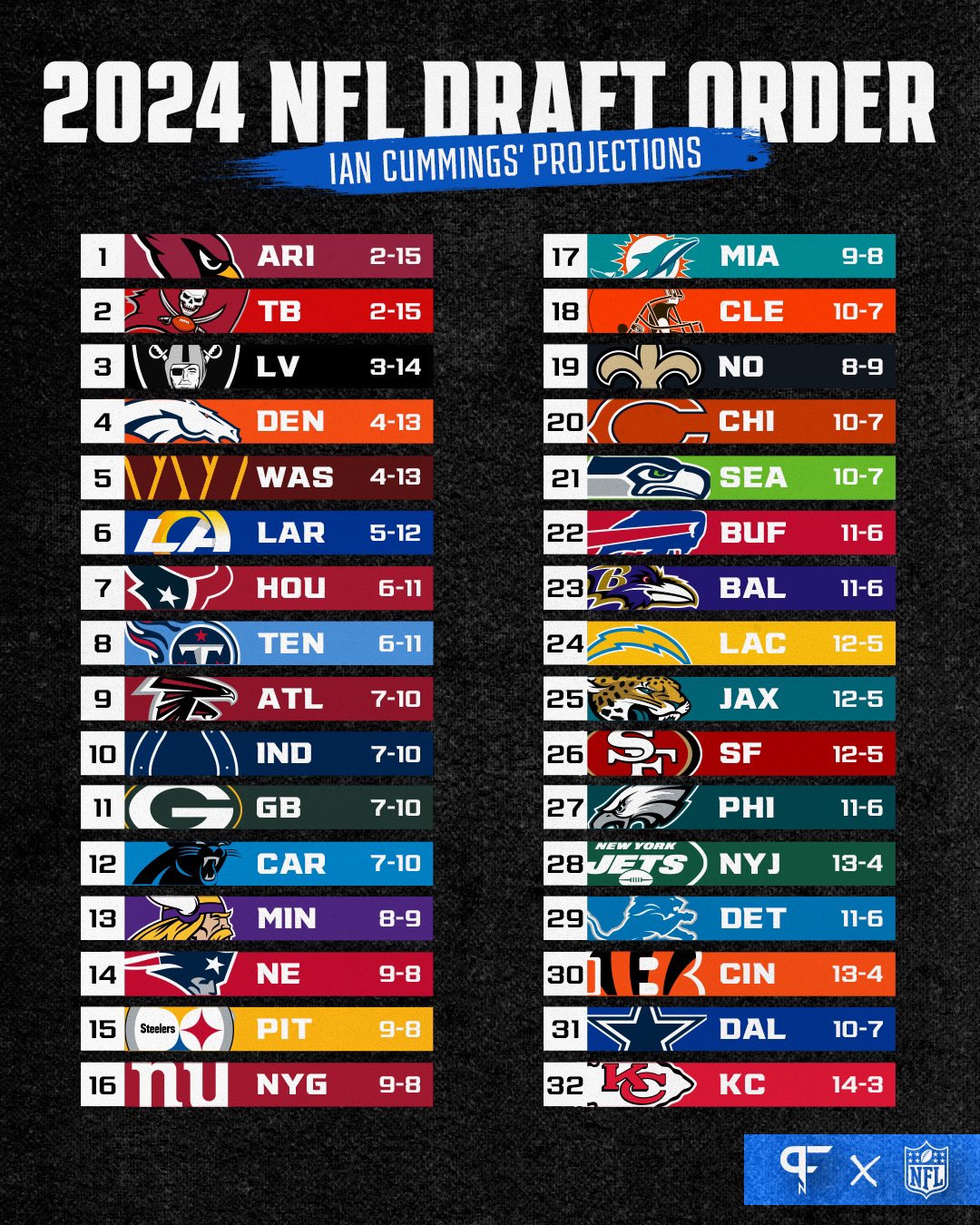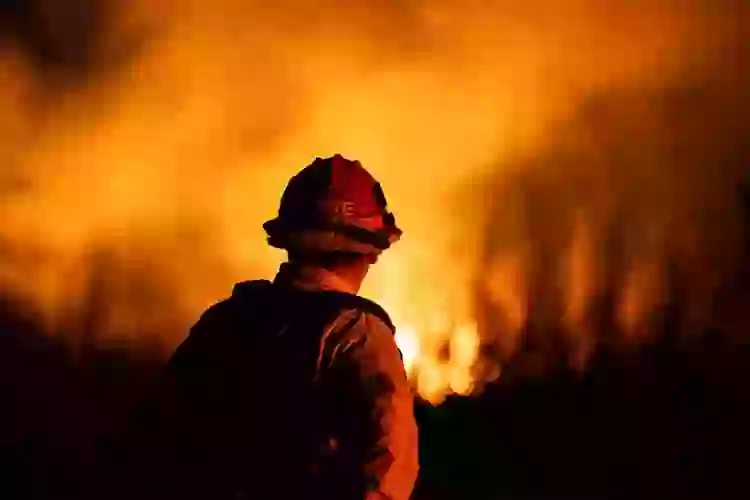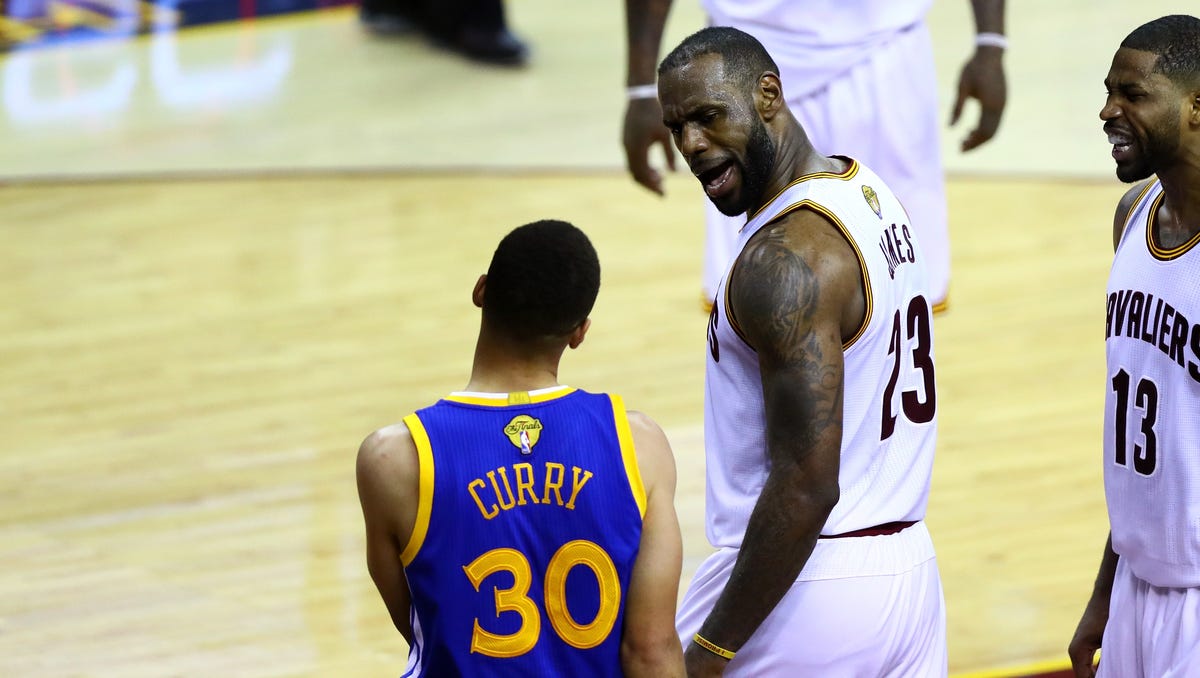Conclave Explained: Electing The Next Head Of The Catholic Church

Table of Contents
The Period of Sede Vacante
The period of Sede Vacante, literally meaning "the vacant See," begins with the death or resignation of the Pope. During this time, the Apostolic See is vacant, and the Catholic Church is without its supreme head. This papal transition is not a period of inactivity. Instead, the College of Cardinals, the body of Cardinals worldwide, assumes responsibility for governing the Church. This interim period is crucial for maintaining the stability and continuity of the Church's operations.
- The College of Cardinals governs the Church, ensuring the smooth functioning of its administrative and pastoral functions.
- While major policy decisions are generally postponed, urgent matters requiring immediate attention are addressed.
- A crucial task during the Sede Vacante is the setting of the date for the Papal Conclave, the process by which the next Pope is elected. This date is carefully considered to allow for proper preparations and the gathering of the Cardinal electors.
The Role of the Cardinals
The Cardinals play a pivotal role in the election of a new Pope. They form the College of Cardinals, also known as the Sacred College, which is responsible for electing the next Supreme Pontiff. However, not all Cardinals participate in the Papal Conclave.
- Only Cardinals under the age of 80 are eligible to vote; those above 80 are considered Cardinal electors but are not involved in the voting process. This age limit is a longstanding tradition within the Church.
- The number of Cardinal electors varies depending on the number of Cardinals appointed by previous Popes.
- Before the Conclave begins, all participating Cardinals take a solemn oath of secrecy, vowing to maintain the confidentiality of all deliberations and proceedings within the Conclave. This oath is fundamental to the integrity of the election process.
The Conclave Process: Steps and Procedures
The Papal Conclave, the formal election process, is a series of meticulously planned steps carried out in strict secrecy. It primarily takes place in the Sistine Chapel within the Vatican City.
- The Cardinals gather in the Sistine Chapel, a space rich in history and symbolic significance. The Chapel is prepared in advance, ensuring all necessary arrangements for the Conclave are in place.
- The voting process involves secret ballots. Each Cardinal writes the name of their chosen candidate on a ballot paper.
- A two-thirds majority is required to elect a new Pope. If this majority is not reached, further ballots are cast until a Pope is elected.
- The iconic smoke signals emanating from the Sistine Chapel chimney indicate the progress of the Conclave. Black smoke signifies that no Pope has been elected; white smoke signals the successful election of a new Pope. This visual cue provides a public indication of the progress within the Conclave.
Secrecy and the Conclave
The secrecy surrounding the Conclave is paramount and deeply rooted in tradition and theological considerations. It's designed to ensure the freedom and impartiality of the Cardinals' decisions, free from external pressures or influences.
- The oath of secrecy taken by the Cardinals is strictly enforced.
- Strict security measures are implemented within and around the Vatican during the Conclave to prevent any interference.
- The historical reasons for maintaining secrecy are bound up with the need to safeguard the integrity of the Church's leadership selection process.
The Election of the New Pope
Following the election, the new Pope is formally announced to the world. The announcement is often met with immense joy and anticipation by Catholics worldwide.
- The new Pope's first address, the Urbi et Orbi blessing ("to the city and the world"), is delivered from the central balcony of St. Peter's Basilica.
- Subsequently, the Papal inauguration Mass takes place, formally installing the newly elected Pope as the head of the Catholic Church. This Mass is a significant event, attended by dignitaries from around the world.
- The new Pope's pontificate then begins, initiating a new chapter in the Church's history.
Conclusion
The Conclave is a complex and fascinating process, rich in tradition and significance. Understanding this process, from the Sede Vacante period to the announcement of the new Pope, provides a deeper insight into the governance and continuity of the Catholic Church. The role of the Cardinals, the secrecy surrounding the Conclave, and the historical context all contribute to the solemnity and importance of this event. Learn more about the fascinating history and procedures surrounding the election of a new Pope by further researching the Conclave and the intricacies of Papal elections. Understanding the Conclave provides a deeper appreciation of the leadership and tradition within the Catholic Church.

Featured Posts
-
 Cavs Round 2 Playoff Tickets Available Tuesday
May 07, 2025
Cavs Round 2 Playoff Tickets Available Tuesday
May 07, 2025 -
 Skypes Legacy Why Its Predictions About Communication Were Mostly Right
May 07, 2025
Skypes Legacy Why Its Predictions About Communication Were Mostly Right
May 07, 2025 -
 Randles Struggles Why Its Good News For The Timberwolves
May 07, 2025
Randles Struggles Why Its Good News For The Timberwolves
May 07, 2025 -
 La Wildfires And The Disturbing Reality Of Disaster Gambling
May 07, 2025
La Wildfires And The Disturbing Reality Of Disaster Gambling
May 07, 2025 -
 Celtics Cavaliers Rivalry A Star Players Valuable Lessons
May 07, 2025
Celtics Cavaliers Rivalry A Star Players Valuable Lessons
May 07, 2025
